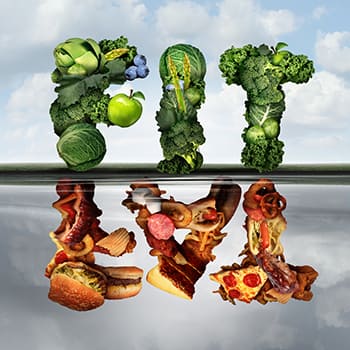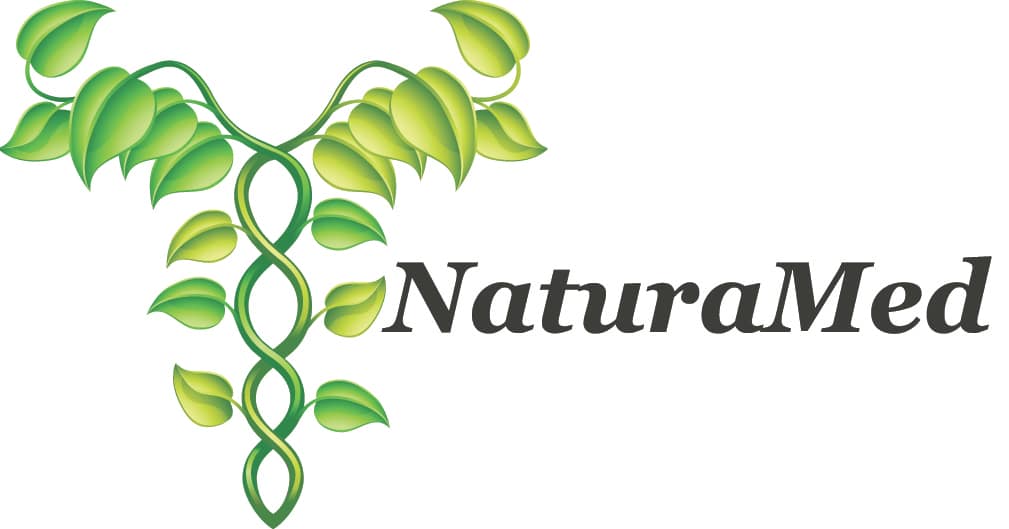The ketogenic diet is very popular right now. But is it good for everyone? A small foray into the world of the physiological needs of our body.
Food for life (essential nutrients)
We need to eat certain foods that contain the so-called essential nutrients. These foods are dense proteins from meat, fish and seafood, legumes, cheeses and yogurts and nuts and seeds. Some cereals also contain larger amounts of protein such as wheat or quinoa. Finally, all foods contain protein but sometimes in minute quantities.
Other foods are essential: they are those that contain an abundance of vitamins and minerals such as vegetables and fruits (but are excluded almost entirely from the keto diet).
Finally, good omega 3 polyunsaturated fats from fish, flax (linolenic acid) or hemp are also essential, as are omega 6 (linoleic acid) from nuts such as sunflower seeds, pine nuts, sesame seeds and Brazil nuts.
The last class of food, carbohydrates, are not essential. However, when they are ingested, they also provide group B vitamins, which are essential, as well as vitamin E (wheat germ, almond, sunflower, etc.). Carbohydrates are energy but they are not the only ones that feed our cells, including our neurons; ketone bodies are also a source of fuel.
So we do not have to take carbohydrates and sugar for the body to work well.
The ketogenic diet; providing a second fuel
The body is designed to work with two types of fuels: glucose and ketone. These are produced by the decomposition of fat. We can therefore base our diet on a large consumption of fat or we can fast while relying a reserve of fat such that the body uses this second type of fuel. This is why this diet is called ketogenic because it allows the production of ketones or ketone bodies.
What to eat in keto
In this diet we ingest 70% of our calorie intake as fats (lipids) and less than 10% as carbohydrates (sugars and starches). For someone with a need for 2,000 calories per day, this represents about 160 grams of fat per day and less than 20 grams per day of carbohydrate (a bowl of berries or half a banana).
Here is a sample menu for 2,000 calories:
Breakfast
Sausage, egg, cheese and a medium-sized avocado equivalent to 30 grams of fat.
Snack
Iced coffee with coconut oil extract (TCM) equivalent to 12 grams fat.
Lunch
Avocado salad, cheese and bacon with vinaigrette (49 g of fat)
Snack
Fat bomb lemon flavor containing 32 grams of lipids.
Supper
Scampi and shrimp dish (18 grams).
Dessert
Low carb fudge bars (20 grams of lipids).
So, that’s a lot of fat even though it’s mostly good fat … The liver must be able to secrete the needed amount bile and the pancreas the needed amount of enzymes.
What not to eat in keto
- Carbohydrates, starch sugars and flour products.
- Processed fats (fried, hydrogenated, trans)
- Crackers, chips, fries, pastries
- Too much protein (maximum 1 g per kg per day)
Contraindications to the keto diet.
If you think you can follow this type of strict diet, here are the contraindications:
- People with diabetes, taking insulin, or on oral hypoglycemic agents should adjust their medications with their doctor before starting this diet.
- People who do not produce enough bile or enzymes for lipids (lipases).
- It is contraindicated for people with fat deficiency, anorexia, orthorexia, pancreatitis, liver failure, difficulty metabolizing fat, primary carnitine deficiency, enzyme deficiency, and those having the gene that prevents the transformation of fat into ketone.
In conclusion
The ketogenic diet is good for those who:
- Have to lose weight in connection with insulin resistance
- Can genetically produce ketone bodies
- No gallstones problems or low secretion of bile /lipase enzyme
- Have no contraindications of eating disorder including orthorexia
AND - Who have self esteem. regardless of weight (when the goal is loosing weight).



Recent Comments